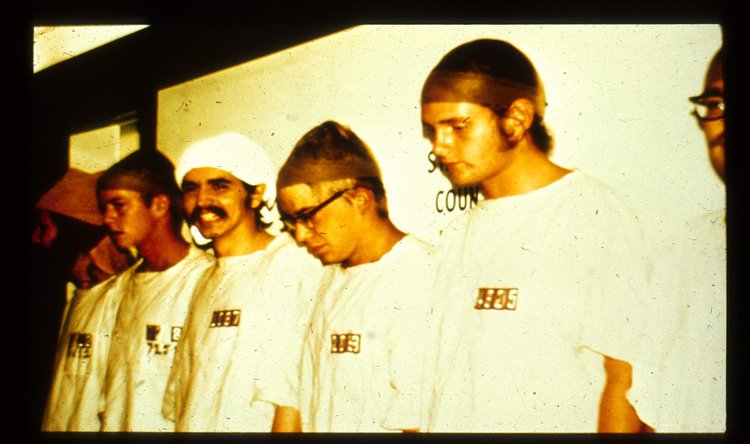above: participants at the 2014 EuViz Conference in Berlin ( photo: IFVP Flickr Group )
Ways to Get Connected
International Forum of Visual Practitioners — This week at EuViz (euviz.com) in Berlin, there are 230+ amazing people from around the world who are dedicated to learning and sharing skills as artists, visual learners, graphic recorders, and facilitators. If you are looking for “that tribe” of visual people, this is the group to join and the annual conference to attend. The 2015 IFVP Conference with be in Austin, Texas. However, if the time/money factor prevents you from attending, you can still become an IFVP Member or find members in your area. ifvp.org
Facebook — if this is more your venue, the Graphic Facilitation Facebook Group is a 3000+ member group, curated to keep the trolls and snarks away. www.facebook.com/groups/2708716559/
The Center for Graphic Facilitation — This website lists graphic facilitators and recorders by region and posts multiple opportunities for training. graphicfacilitation.com
Sketchnote Army — Author of the Sketchnote series of books, Mike Rohde, publishes work from avid practitioners in this community site. sketchnotearmy.com
Breaking Down Your Business — This is a zany podcast hosted by creative business consultants, Brad Farris and Jill Salzman, who tackle the most complex small business questions of our day: How do I make more money without driving myself nuts? Why am I not a billionaire yet? How long is *that* going to take? breakingdownyourbusiness.com/podcasts/
There are in-person group courses offered by The Grove and Brandy Agerbeck; online courses offered by Christina Merkley and our own Alphachimp University; and, a growing network of folks teaching these skills.
Breah Livolsi Parker of Blip Studio describes the flip-side of making a career in this business which involves travels quite a bit of travel and solo work in the studio:
Early on in this work I was told that it would be a lonely ride. I’ve been working as a gr/gf for 4 years, and I think I am just getting the hang of the lifestyle. There is a blank spot usually when I return home… though my dog is always eagerly standing by waiting. Reconnecting with life here in Asheville is something I have learned I must cultivate.
Breah's TEDx talk, addresses this need to find “us” wherever you go.
So, if you still feel isolated or anxious about what path to take — quite a normal feeling, by the way! — I encourage you to reach out to these communities and grow as a visual learner, teacher, consultant, or yet-to-be-defined creative professional.
Contact us know if we can help you out in any way.
Peter Durand
Founder & Creative Directer
Get Connected



















